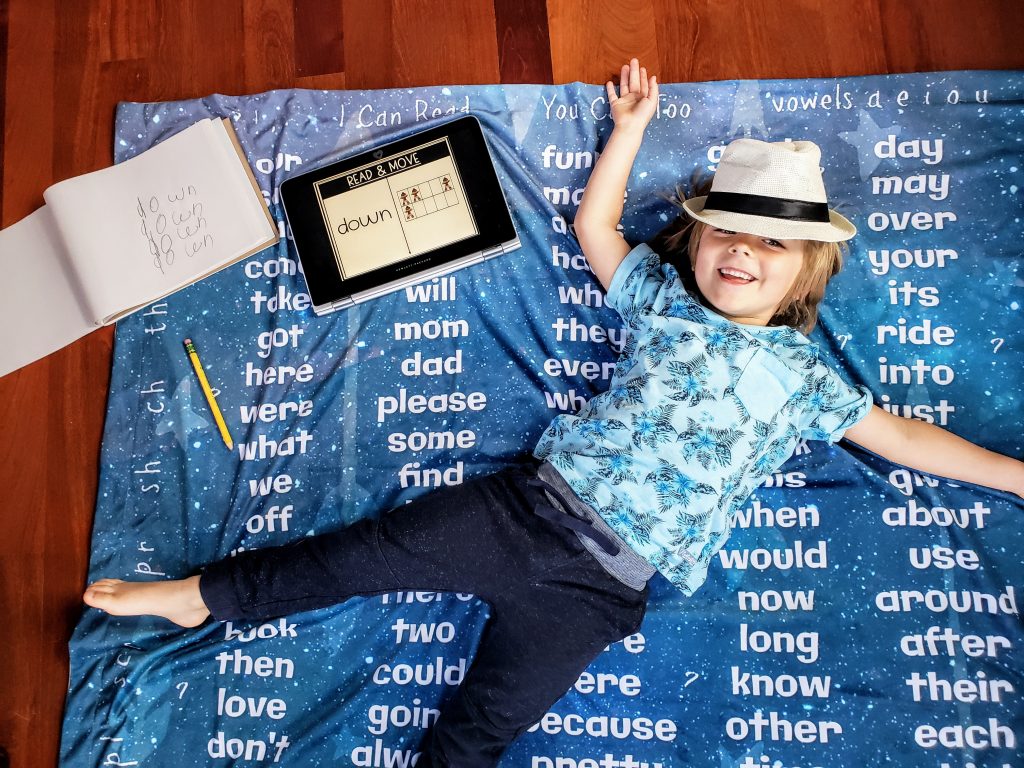My inspo for this shared homeschooling plan stemmed from the blog I wrote Ideas & Activities, Learn & Teach from Home that’s been shared over 25,000 times! It’s a must read if you decide the below works for your family.
You can call it what you’d like; virtual or remote learning, hybrid or distance learning, it meant that we were homeschooling our children while utilizing the guidance from their school platform. Regardless of the name your district used, most of us were teaching our children from home.
I have to say, even though I was a teacher for years, nothing could have quite prepared me for managing two full time careers from home and teaching my children since March. Not to mention all of the other additional life managing tasks. I don’t think any of us knew. What was supposed to be a few weeks and very temporary, quickly turned into a new normal. It was challenging. It was tiring. It was an experience that I appreciate and learned so much from, but it’s something that I know isn’t right for my family in the future. I love my children, so much, but mentally it was not the healthiest option and I know that I cannot give my all every single day to teaching. And that’s unfair to my kids.
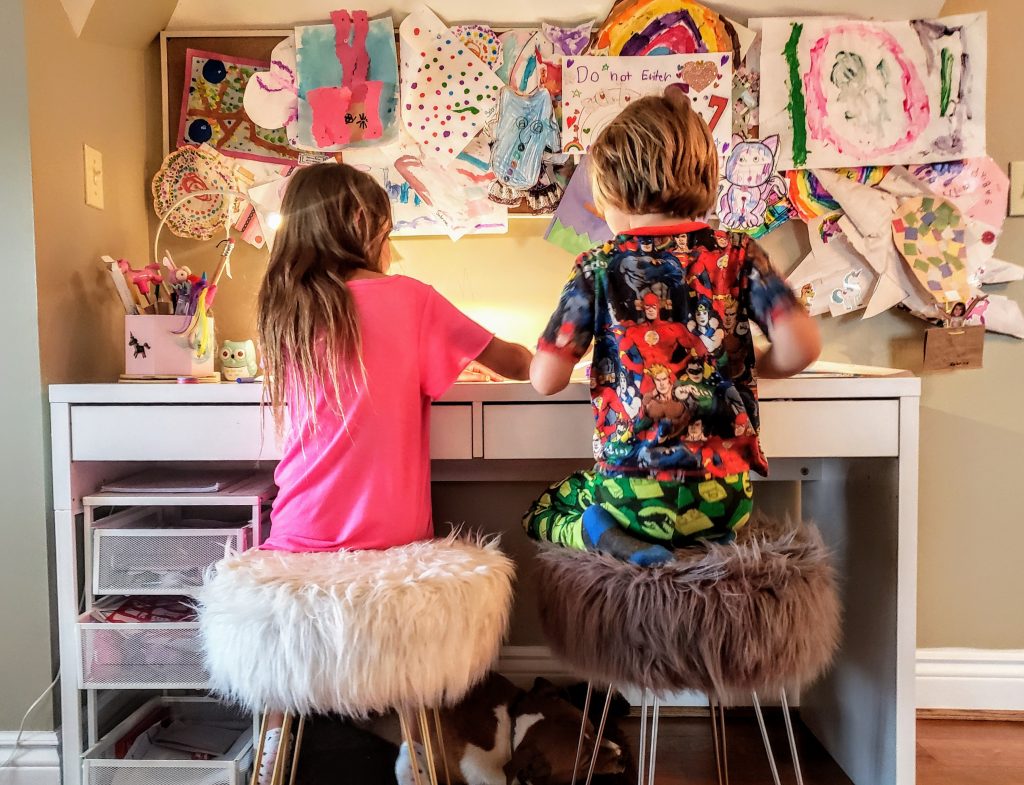
I predict that in our state of Michigan, we will at some point be virtual again next school year. Whether you make that decision now to avoid guessing when they will close or send them and wait it out, I see it happening. Our family has decided to immediately go with the virtual option for next school year to help us make plans. Being the proactive person that I am, I started brainstorming and feel I came up with a reasonable and attainable solution with a few local district mom friends. This may not be the ideal solution, but at least it is a solid plan b for us and with the right people around you, can be very successful.
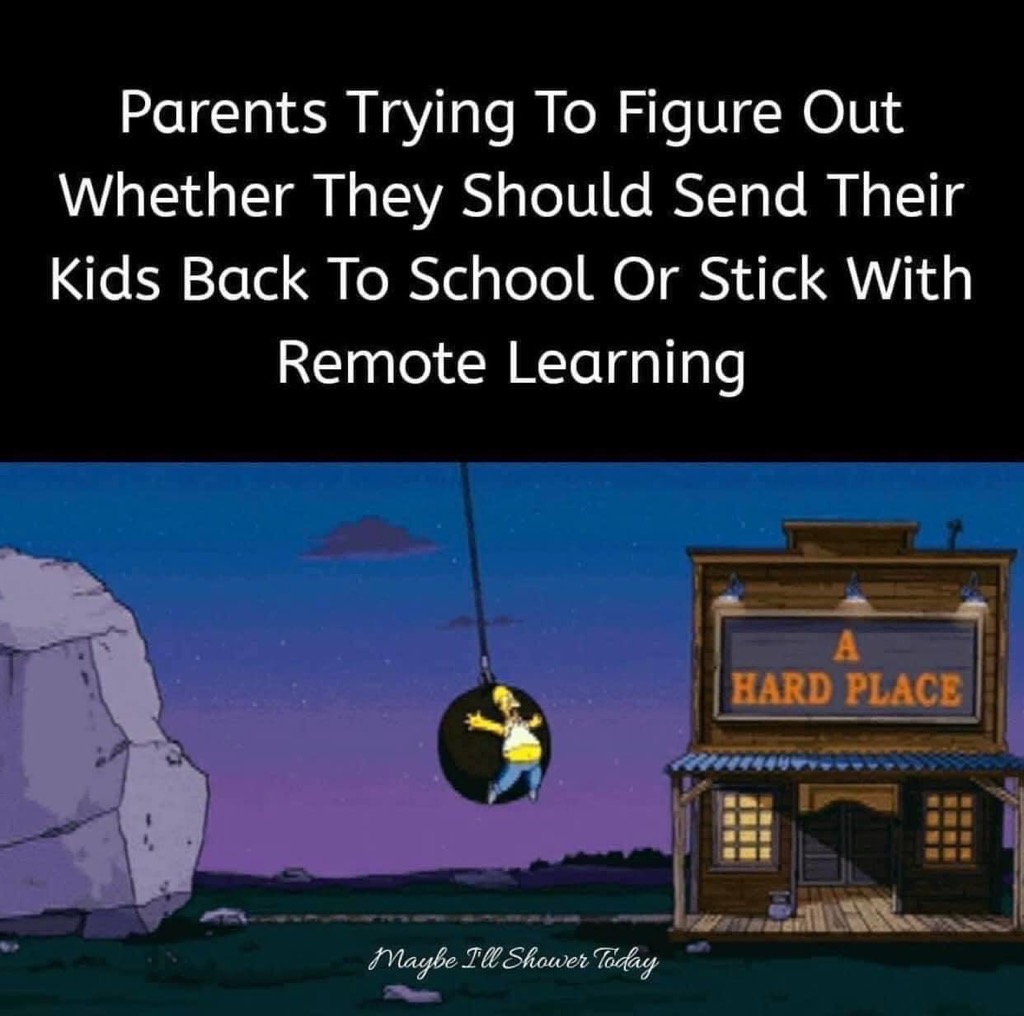
Take a look at the plan below, and I am hopeful if you feel this would work for your family, that you find a team of moms and dads who are willing to have a unique year through these very interesting times we are living in. As parents, we sometimes don’t have the energy to do it all, and that is ok.
Let’s take a look at how you can supplement the virtual remote instruction option from your school while utilizing shared homeschooling days so that you save your sanity and can still work or do what you need! After reading, scroll to the bottom for questions to help you decide if this makes sense for you.
It takes a village.
Here we go.
Due to unpredictable circumstances during this next school year and the uncertainty, anxiety and feeling of overwhelmingness last school year, we are working to teach via shared co-op homeschooling. Other names that have since come around for this type of collaboration are learning pods or micro-schooling. Many families thought that school moving to virtual was temporary, but it quickly moved to a permanent way of life that may likely flow into the 20/21 school year. Therefore, to be prepared, we created a collaborative program where we follow the district virtual outline and plan but heavily supplement it with real world, meaningful and student led experiences. We know it is important to stay virtually enrolled in our district to stay on pace with what is being taught and also to support the district financially, but feel this is an excellent opportunity to expand their little minds even more. But there’s a twist; you share the duties.
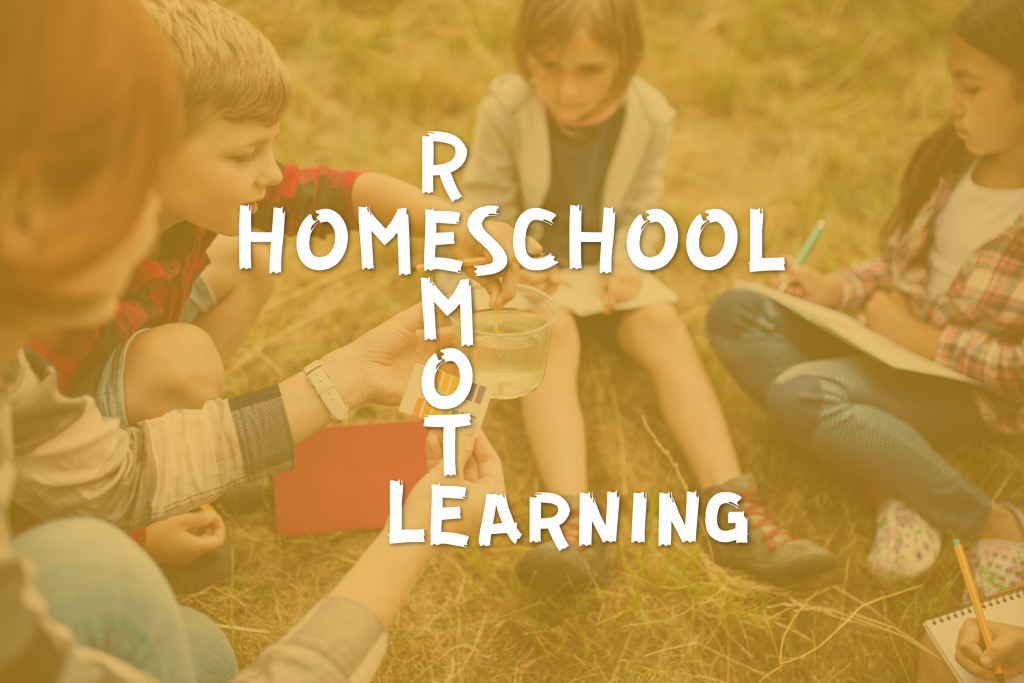
Learning Model
If you’ve done any research on homeschooling, you may have seen the term cottage school. Our Informal “cottage” school model will be a supplemental homeschool approach using the school virtual curriculum as a guide. In this model, families partner up with each other who live in the same area and have children in similar grades (genius, right??). Each day of the week, a different mom from the group takes in all of the children into her home and guides the chosen curriculum to the group of students. This will allow children to alternate between non traditional school and learning settings while experiencing a variety of teachers who deliver information in a unique way. Instead of one parent feeling burned out or less motivated over time through teaching at home or guiding virtual instruction daily, they can give their full energy one day per week while allowing their child to get that same energetic day full of lessons each and every day! Another bonus is the very small class size and student to teacher ratio, which will likely be from 5 to 7 students. So, if you are burned out on teaching from home and/or need to go to work too, this is a fantastic solution.
“Our goal is to expand our childrens’ minds through discovery, nature, movement, outdoors, and creative exploration incorporating real world meaningful experiences.”
Commitment
This decision isn’t to be taken lightly. Due to the circumstances of our world, fully virtual school mandates are highly likely in our near future, whether they start at the beginning of the school year or once more cases are present. Committing to this one year plan with 4 other families will take a team effort and much dedication during the entire school year, as other families will be depending on you. Take some time to soul search and decide if this is the right decision for your family, keeping in mind we may all at some point not have a choice but to be virtual anyhow.
Collaboration
For this to be successful, five committed families within the same drivable area and similar school grade level would be ideal. The families should meet and decide what their goals, rules and ideologies are to make sure they align and that everyone is satisfied. Although the same “classroom” rules should be made and followed for each home rotation, some families should keep in mind what rules their home will have specifically due to circumstances (one may have a pool, another a pet, etc.) Student forms should be filled out with parent and emergency contact information, allergies, etc.
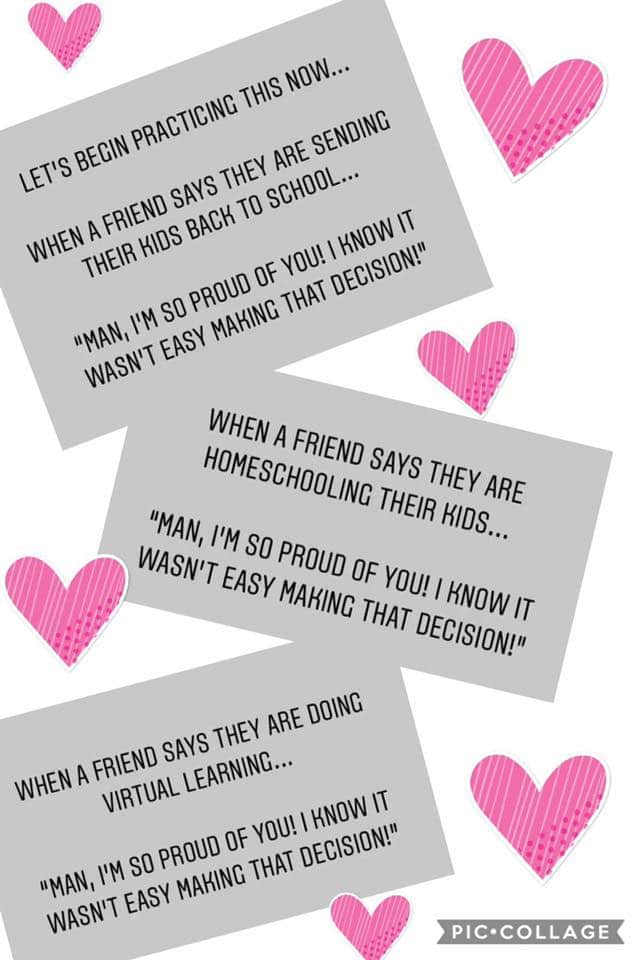
Enrichment
To truly make this a unique year of learning and opening their little minds to the world, it is ideal to regularly rotate in third party educators, skilled community members, and other talents when realistic. The goal is to expand their minds and introduce them to a variety of topics so that they can decide what interests them, and then explore that further. Opening their mind to something new through an experience could change their life!
One year can expand their mind infinitely!
Cost
There is minimal cost for this program, more so simply commitment and collaboration. Basic costs would include family purchased school supplies, snacks, and meals similar to a traditional school setting. Because of the idea of introducing a variety of real world experiences, each family would contribute $100 monthly or agreed upon pooled amount toward a regular enrichment visitor or experiment activity supplies, etc.
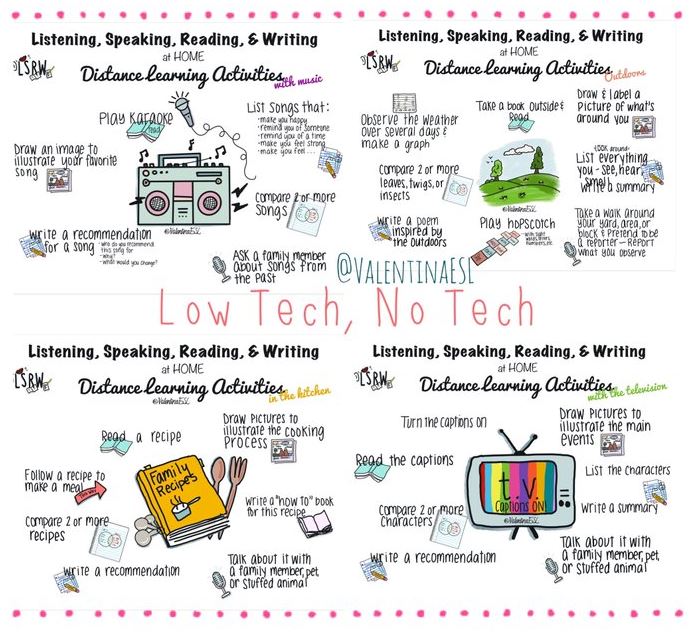
Classroom Management Plan
Classroom management is just as important with 6 students as it is with 25. There are many options, though positive reinforcement and encouraging teamwork is often successful. With this, the students together discuss what grand prize they want to earn, such as popcorn and a movie or choosing a swimming date, etc. and to accomplish this, they have to work toward class points. Once enough determined points are reached, the kids have earned their team goal and receive what they earned in a timely manner to keep them motivated to learn, listen and stay engaged!
Redirecting students when they seem off task and teaching them to use “I” messages to communicate will help to alleviate problems in advance and are great habits. Individual behavior management options include two private warnings including discussion of what is happening and dialogue, and then at third warning the child fills out a reflection paper. This paper includes a few basic questions to allow the child to reflect and write about what they can choose to do differently next time to grow as an individual and identify the problem they are reflecting on. Reflection papers go home to parents.
High expectations are essential and proven to work. If we think that our students can do more and be successful at it, then they will. We have to set the bar high or they will only reach where it is set. By combining the classroom management teamwork plan along with high expectations, success will be the only option. Remember, staying positive is key!

Home Responsibilities
The home each day of the week is responsible for daily snacks and water for students. Snacks can be something fun and new for students to try but should be healthy options. Students need to be made aware of any specific dangers in that home and additional rules especially regarding safety. Remember, let’s empower our children, they should have input on the rules for their home days too!
During their day to teach, the parent should ensure they are free and fully focused on their one day to give students their all! Because each home gets only one day per week, let’s give students an amazing 8 hours of growth and opportunity! Other non teaching responsibilities should respectfully be done on non teaching days.
Students will have the responsibility to keep their areas clean and to also help clean that home from the day before leaving.


Health
When children or anyone in the home is ill, the rest of the group should be informed. Any fever or vomiting, even minimal, means the child is not attending that day and for the next 48 hours. If a parent cannot teach or host due to illness or vacation, they should contact another mom and trade days when possible.
Basic first aid should be rendered with a common sense approach and appropriate hand washing should be practiced.
Logistics
Children should be dropped off with supplies before 9 a.m. and picked up between 4 and 5 p.m.
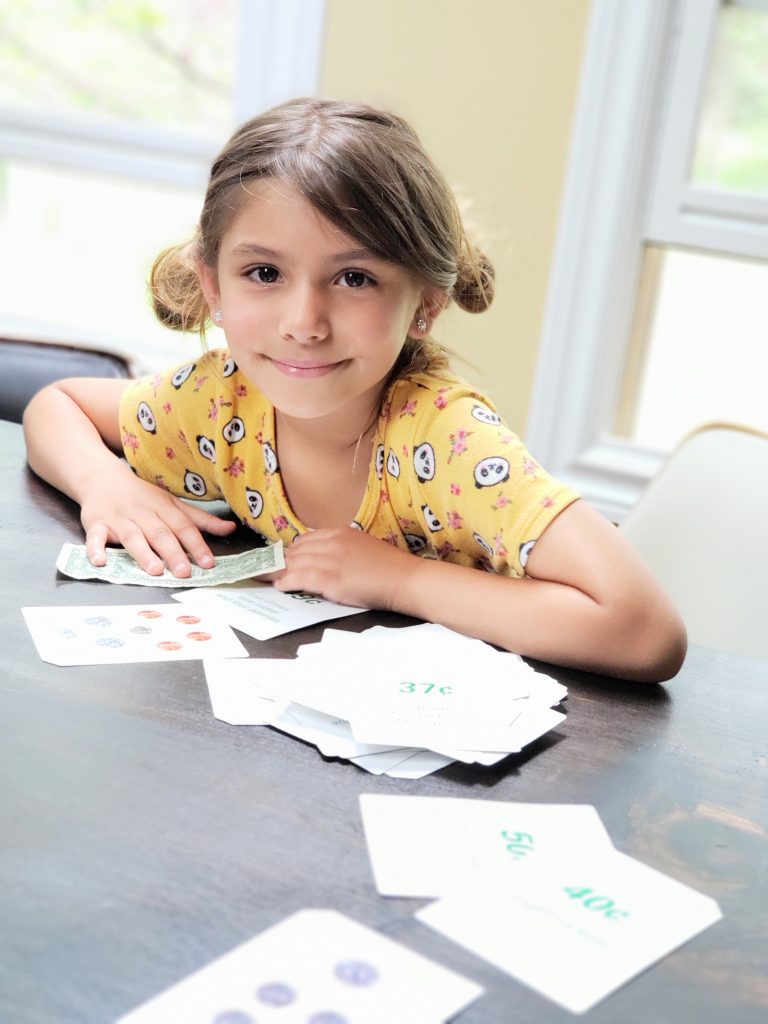
Teaching 101
Although not professionally trained, some basics to keep in mind include starting the day with a morning meeting. Children hold a lot in their minds and starting with a morning meeting allows them all a chance to share, ask questions, and start the day on a positive note. It is important to stay positive and have high expectations. Speak in a positive tone; instead of “don’t run” say “please walk” stating what to do, rather than what not to do. Promote patience, caring and understanding of one another as children will be in different levels of learning and should learn to encourage and support one another versus make others feel bad about what they have or haven’t mastered yet. We are all learning beings and continue our education throughout our lives, whether formal or not and we need to remind children of that. As you go throughout the day and students are aware of their expectations, during independent work time you can pull one child at a time and work with them. Students that show understanding should be challenged and move forward. When speaking with a student about a difficulty, always start with a positive. For example, “Sam, I can see how hard you are working on your number sentence, let’s see if we can try one by switching the numbers around and see how that works out for us.”
Worksheets have been proven ineffective through research over the years. They can be used at times for practice but should be very minimal. Children learn best by doing.
“I hear and I forget. I see and I remember. I do and I understand.” Confucius
Taking learning outdoors and into various places around the home works wonders. You can teach anywhere and children can gain experiences from all kinds of places. Maybe you do math in the kitchen then transition to laying in a bean bag with a clipboard to take notes on a documentary, then go outside or look through a window for some journaling. Movement helps so much! Just like you couldn’t sit in one spot in one room all day, neither can young children. They need movement, breaks and snacks along with learning that feels natural and meaningful in relation to their lives.

Sticky Notes
Once a routine is established and you get to know each of the kids, it may help to sit with each of them after morning meeting to create a sticky note individualized with each of their goals for that day. It can include daily tasks like read this much but can also include responsibility items and acts of kindness reminders. It doesn’t have to be extremely specific, rather a reminder for their day to gain independence and feel ownership over their daily goals.
Screen Time
In our sessions, we will limit screen time to grasp what is virtually expected that week of students and to watch documentaries. We may also occasionally use apps, but this will be very limited. Students can use the “I’m Done, Now What” and “Screen Time Rules” tapestries for more flexible options, copies shown below.
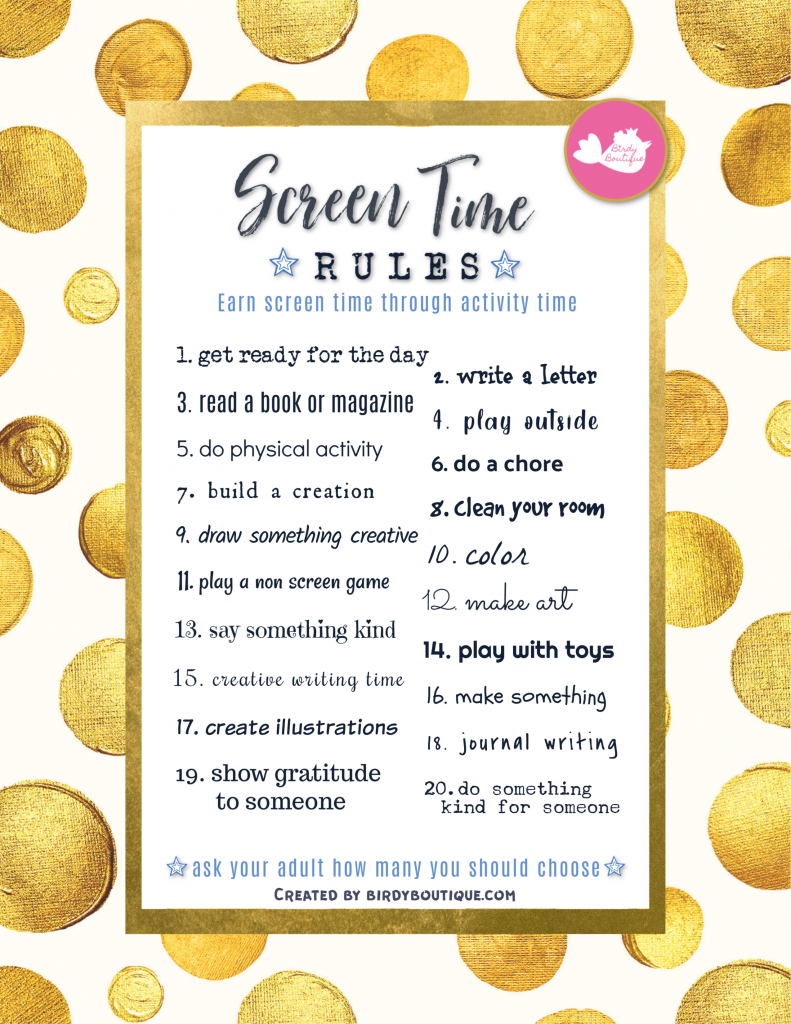
Goals
Together we sat and brainstormed some goals we had, goals beyond the curriculum. We want to expand their thinking so we need to creatively incorporate a little bit of the below to keep their minds going. Your goals may look different for your group. We know we want our children to master the common core for their grade level and to have a minimum of one year of reading growth. We also are hopeful that students have the freedom to have choices in their learning, whether it’s little things like deciding what they are reading that day, choosing which writing activity to do, or larger ideas such as choosing topics they are curious about to explore further. A big goal of ours, a dream you could say, is to also expand on concepts beyond the common core, truly. That is below.
Concepts Beyond Common Core
Our schools do the best they can considering budgets, logistics and requirements. Having a year such as this shared amongst households, we feel it works to go beyond! We want to plan to offer extracurricular programs to our kids, focus on teamwork and character building and learn some back to basics stuff. For example, can children identify what season their birthday is in or a certain holiday, can they tell both digital and analog time, can they count money and identify coins, being able to calculate change? Can they think critically and analyze situations from multiple perspectives (shout out to “The True Story of the 3 Little Pigs”!) Do they know where we are on a map and globe and where we are in respect to other countries and cities? Do they understand health, nutrition, and ways to calm themselves down when they get stressed out, such as meditation? Are their eyes open to a variety of careers and options for the future, to spark their interest and get them exploring? Do they have basic measurement skills and foundational understanding of measuring? Are they aware of how things were invented, of various inventors and the encouragement to identify a problem and try to create a solution for it through invention themselves? Simple as it seems, what about manners and etiquette for certain places and when greeting people? There are so many topics that foster their growth and increase their knowledge that traditional school often simply doesn’t have time or resources for. This school year, these are our goals!

Enrichment Ideas
We decided that for this to go above and beyond the traditional curriculum, we need to fill in gaps with things that may never be experienced in school. Some of these ideas include bringing in community members or using our own talents to share with the children. In this scope, we plan on incorporating various forms of art expression such as canvas painting and paper mache. We would love to get a naturalist to visit and show the children how to identify various plants, trees, insects, animals and all the wildlife around them that they may not even notice right now. We want them to learn how things are made and create something of their own from wood to connect to the real world. Little basic skills like sewing would be fun to introduce them to. Measuring, cooking, baking and other kitchen tasks with ingredients would help them appreciate their meals and learn how to be involved and become more independent. Research shows learning to play an instrument is beneficial in many ways, and doing this whether you buy simple instruments and google videos or invite an instructor out for a couple hours to do some shared lessons. Learning about farming and planting their own seeds, caring for them and watching them grow would show them how to create something from the very beginning. Fun physical movement such as yoga and karate can help with patience and independent training.
Bringing in enrichment activities into the homeschooling program only has benefits, whatever you can choose from whether it is pulling from your talents or community members you have access to, the kids will be exposed to something new!

Classroom Rules
As mentioned, it makes sense to have a set of classroom rules that travel to each house but then also to discuss and create household rules, which may be different in each home.
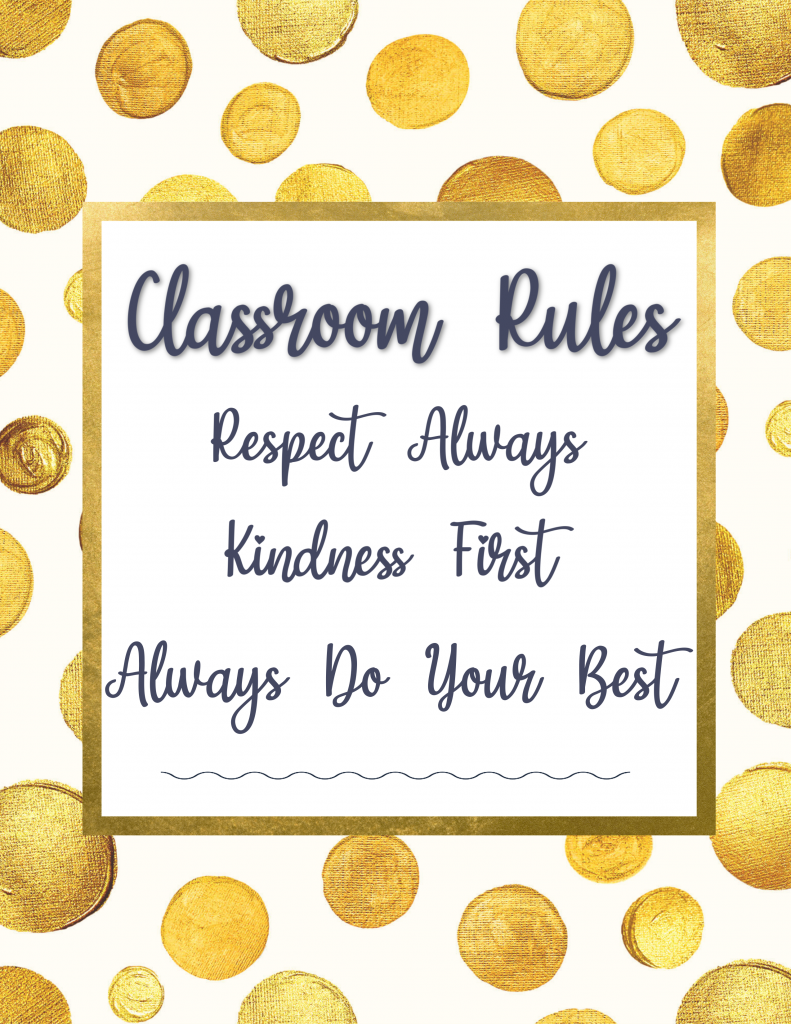
Schedule
Schedules, they are so important. They don’t have to be followed to the minute or even in a specific order, but it helps everyone with expectations and independence when something is available. Students love to create processes with you, let them help decide! Some ideas include incorporating a morning meeting, character or team building, yoga, writing, journal entries, snack, creative play, reading both independent, read alouds and group readings, lunch, outdoor time, physical activity, science, math, documentaries, and crafts and art.
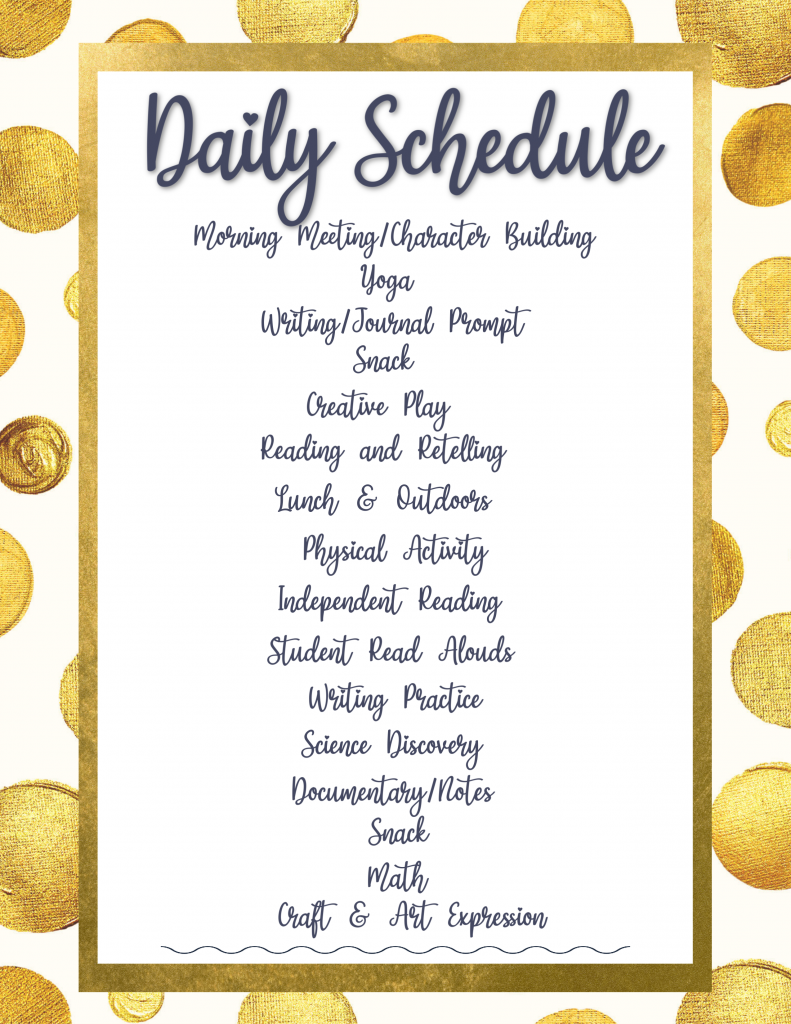
Supplies
Here are some basic things that will really help during the day. Other items to consider is collecting recyclables, such as bottle caps, lids, magazines and newspapers for use throughout the year.
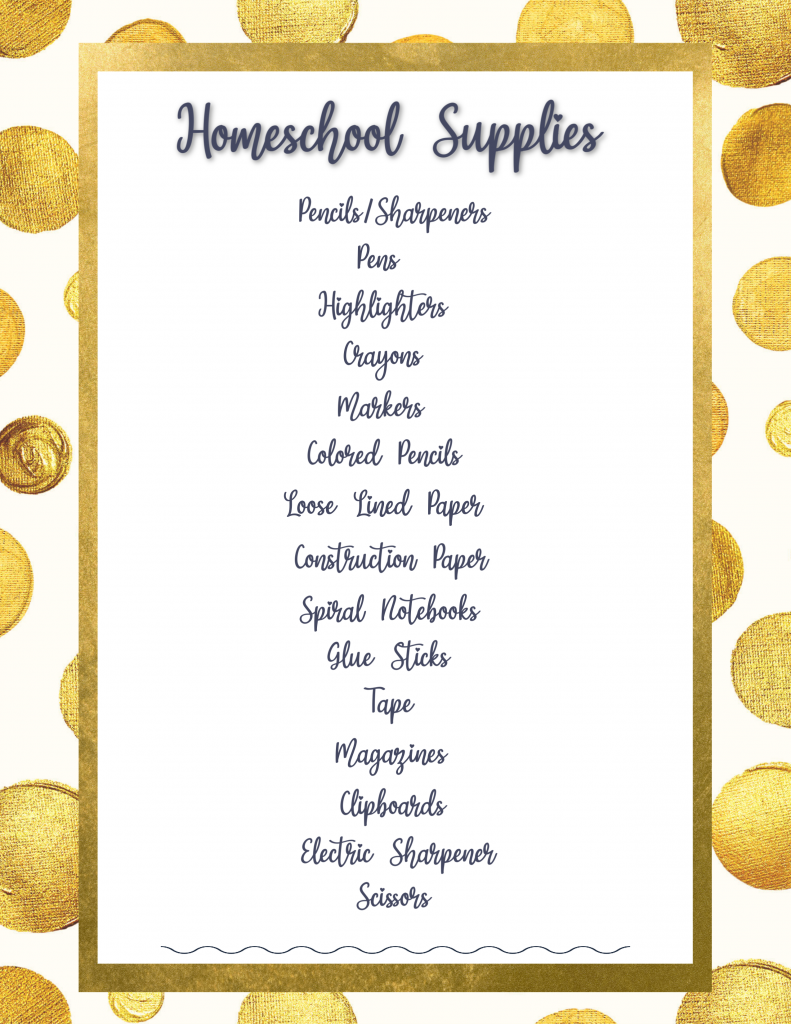
I am not here to tell you that this is the magic answer, but I feel much better being prepared. No one can predict what this school year will bring, and we feel this is the right decision for us. Being thrown into a virtual mandatory setting again mid year, or at anytime things change due to Covid, just isn’t an option. We are turning it into a positive and will work to provide our kids the best school year possible while staying enrolled in school and supplementing with enrichment ideas!
Is shared homeschooling following the virtual school format right for your family?
- Did you feel overwhelmed teaching during mandatory virtual school?
- Do you have a job you have to go to?
- Do you need a few days off each week to tend to other household and life requirements?
- Are you worried about illness or excessive school restrictions?
- Would your children benefit from doing shared homeschooling?
- Do you think you would be a more effective teacher if you only had to teach from home once a week?
- Were you children getting frustrated during school shut downs?
- Do you feel your child missed out on concepts?
- Does the thought of schools potentially going remote again give you anxiety?
- Did your child miss learning with other students?
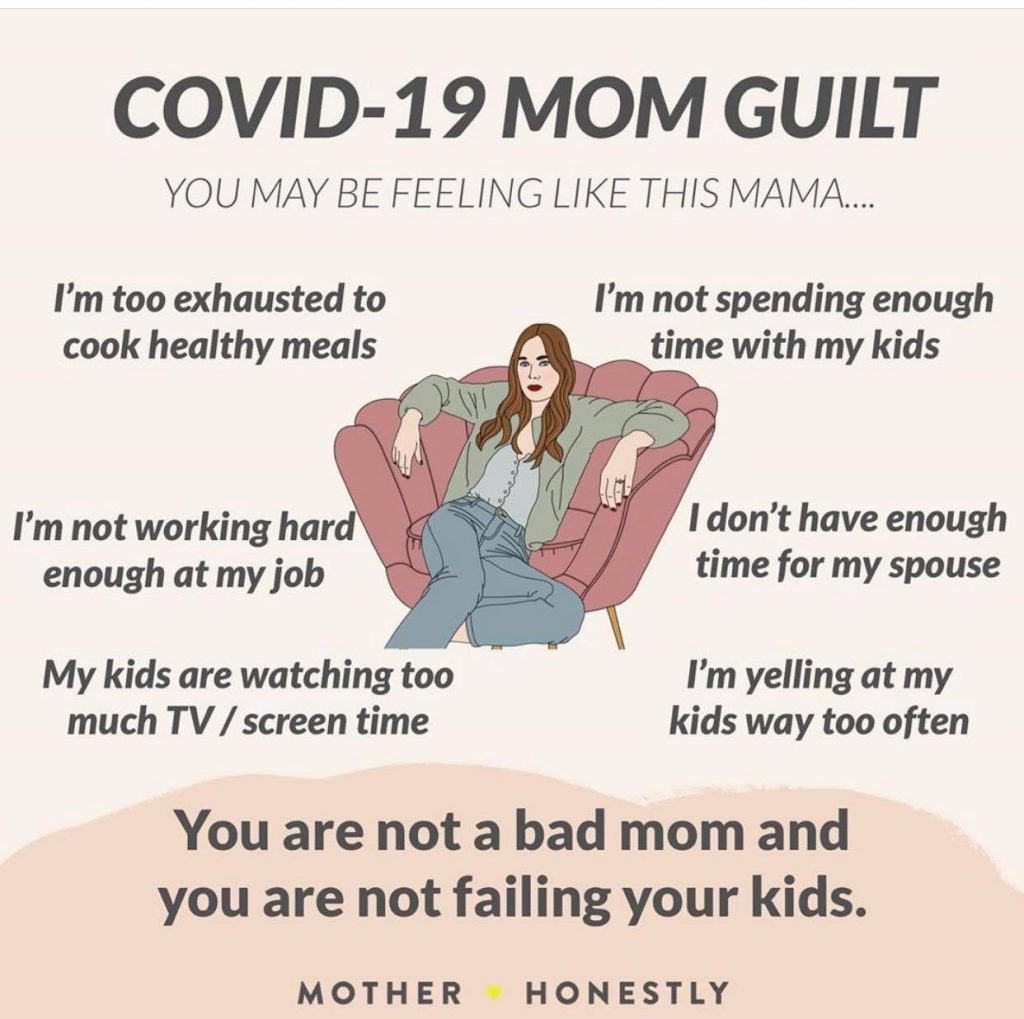
If you have additional ideas you’d like to share or any questions, I will do my best to help. This isn’t easy for any of us, but we have to move forward. Email me, Joanna, anytime at shop@birdyboutique.com and I will also be sure to update this blog as we get started in August with our shared homeschooling plan!


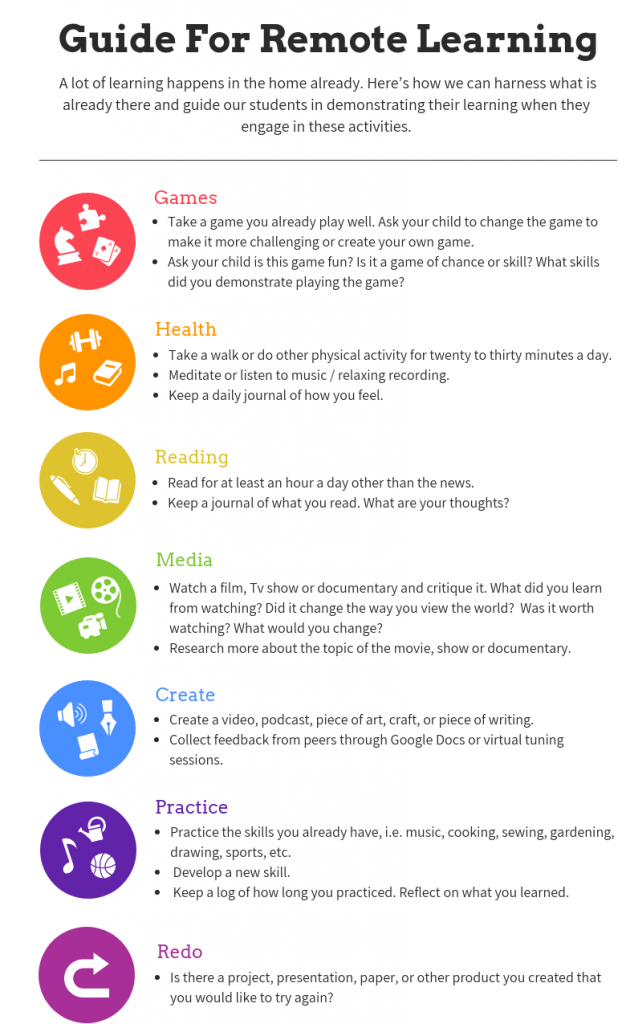
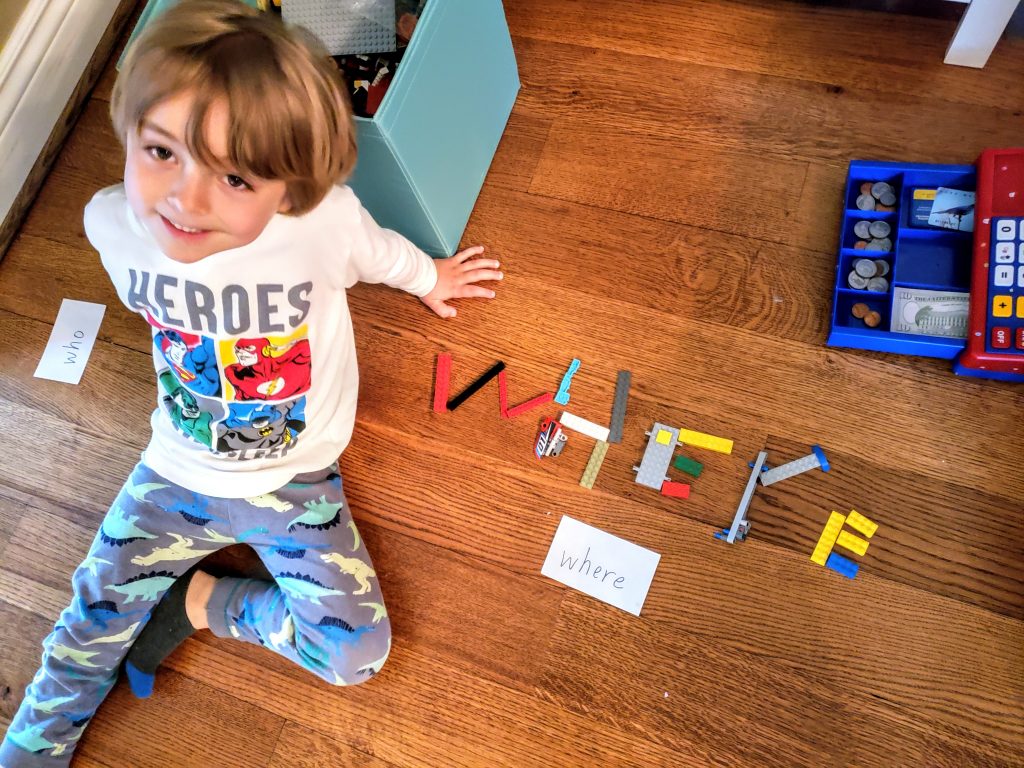
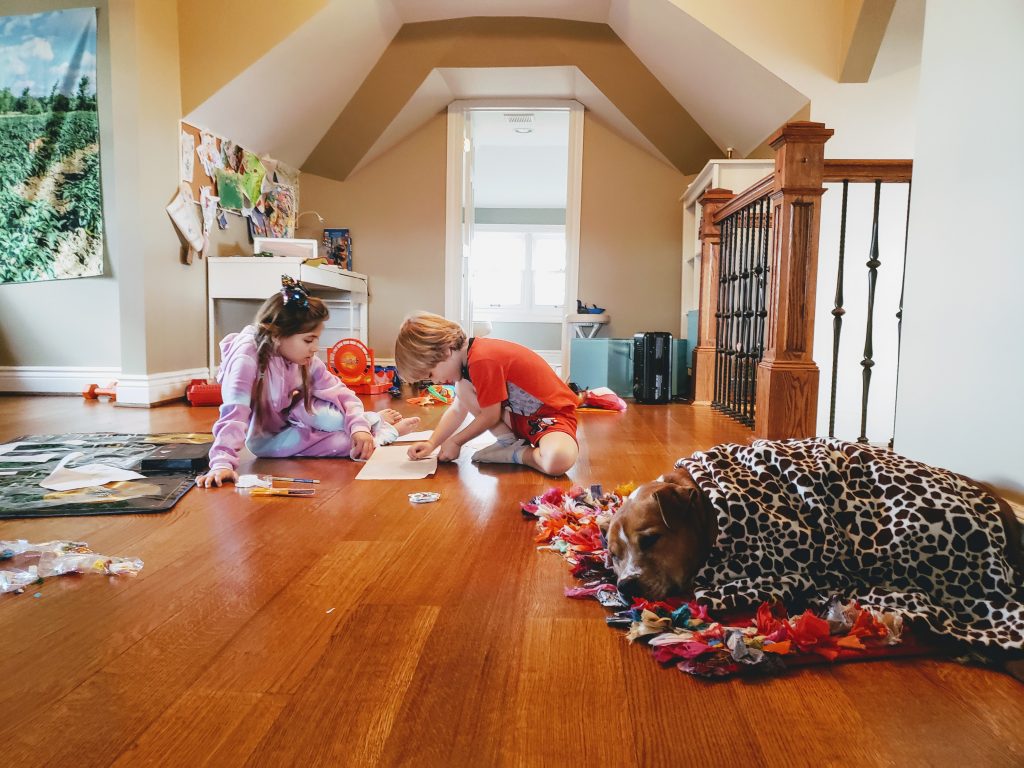

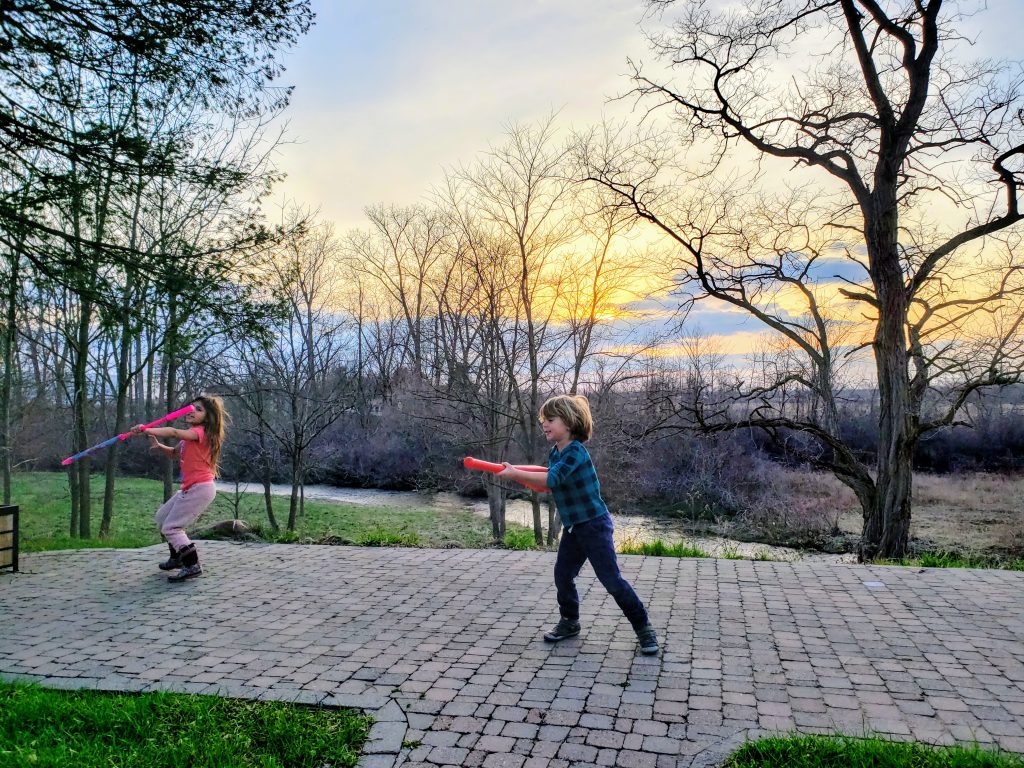
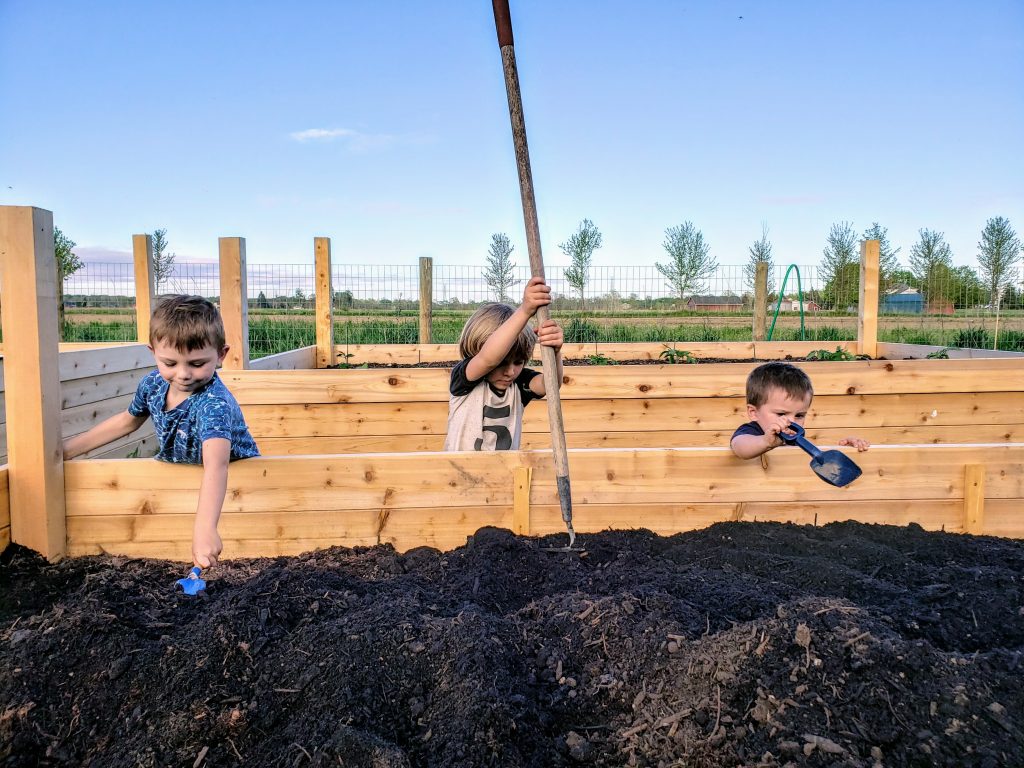

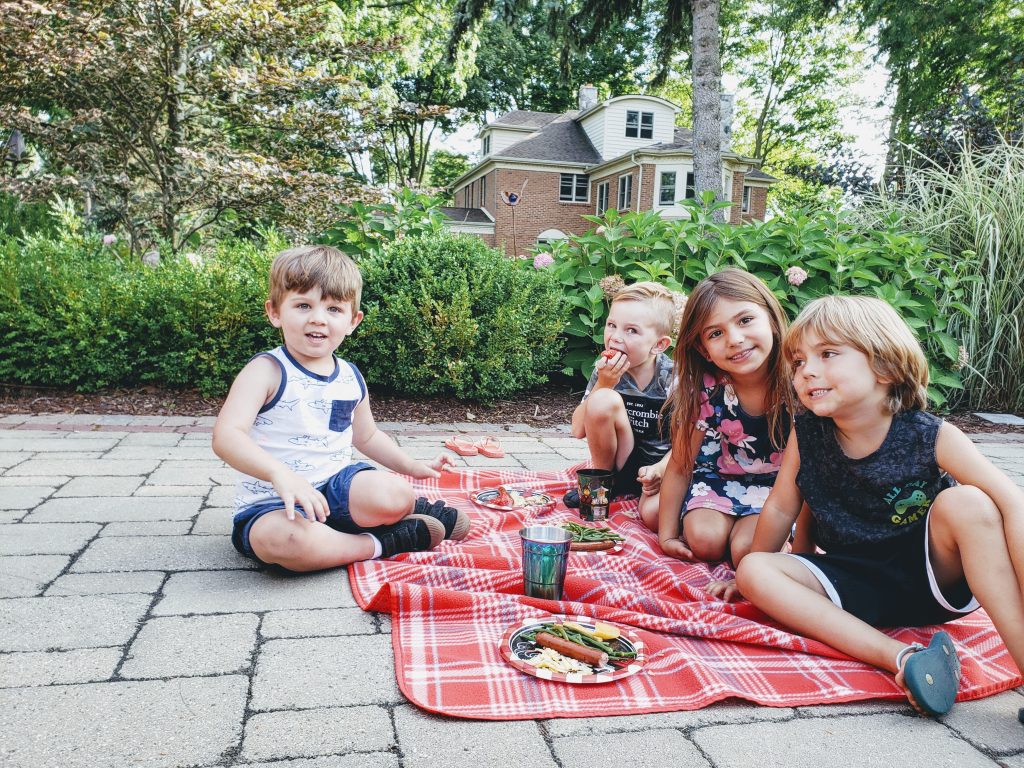
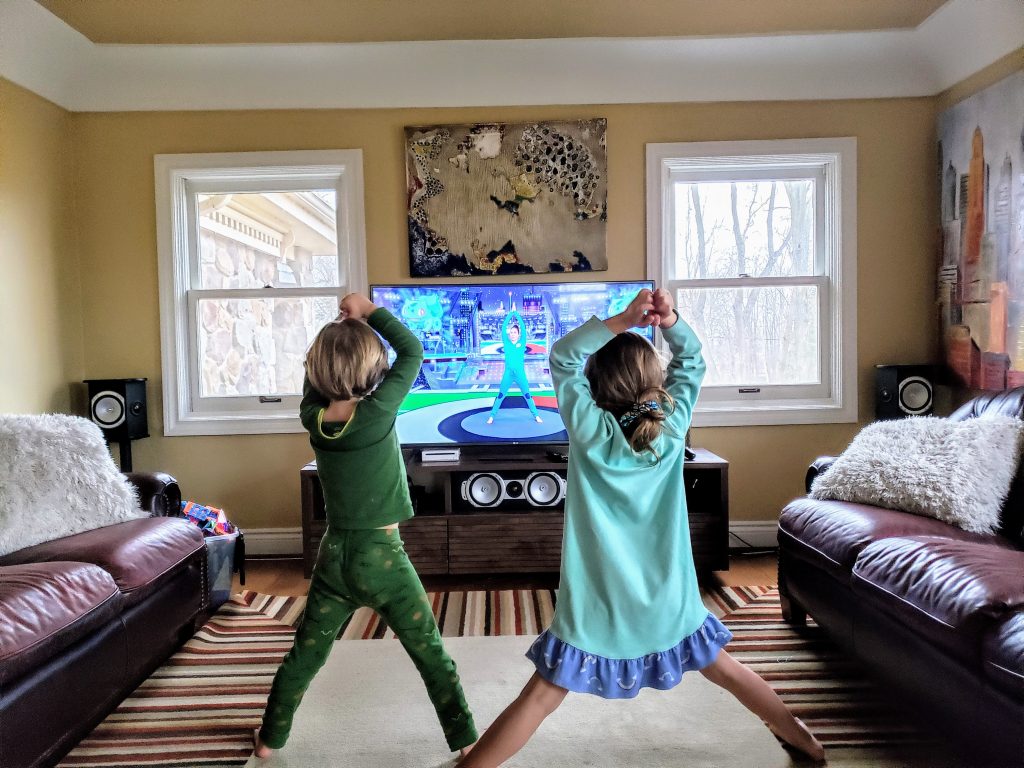
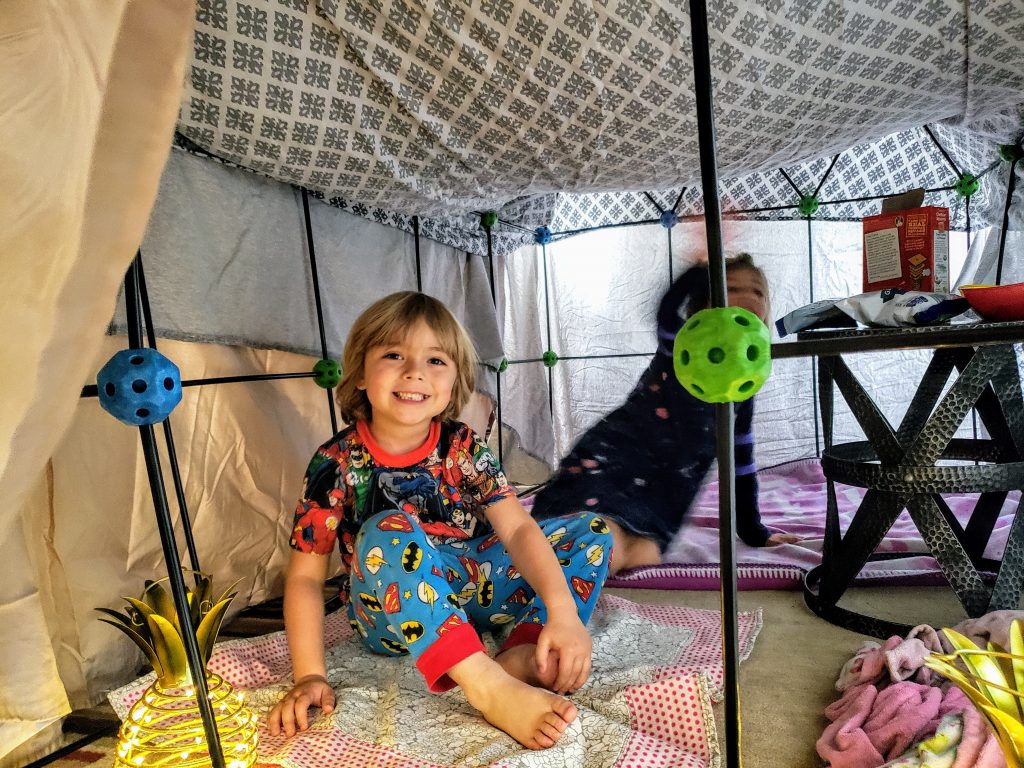
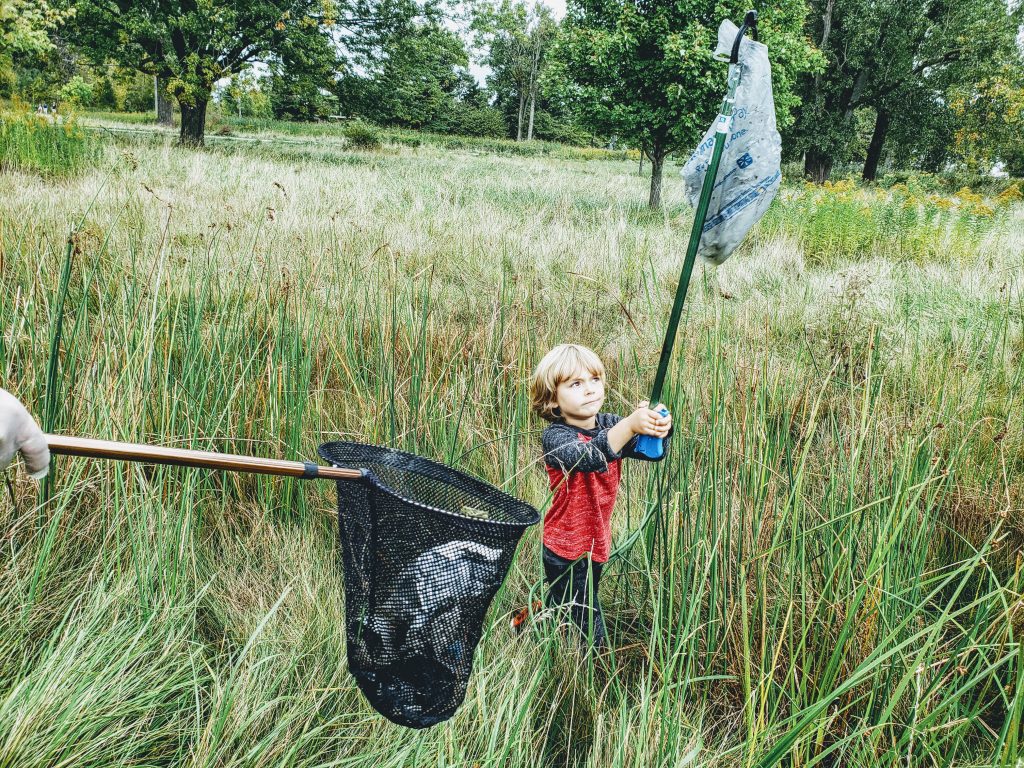
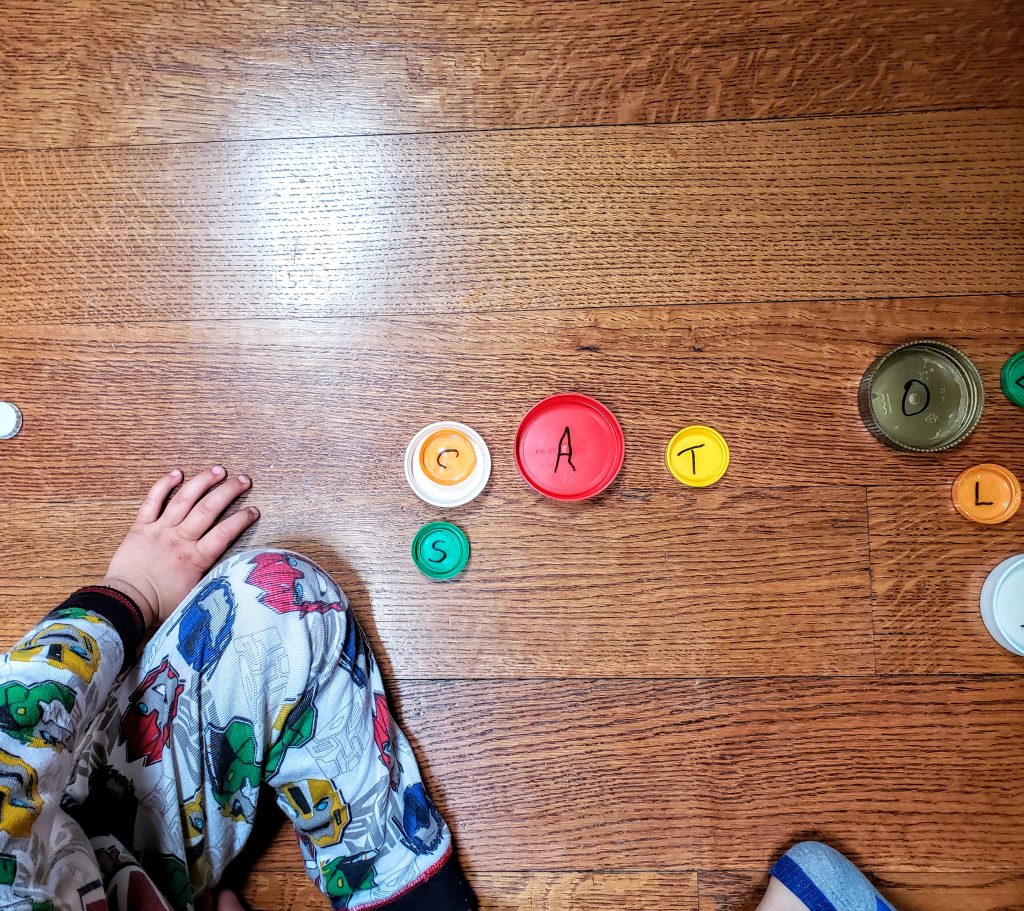
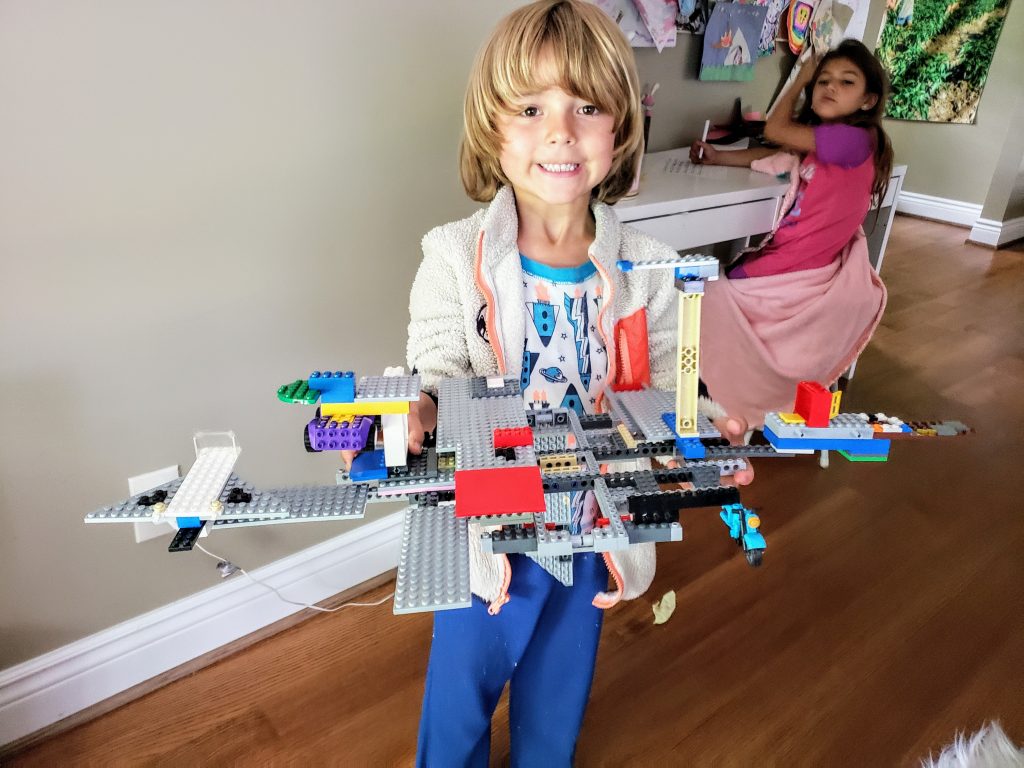
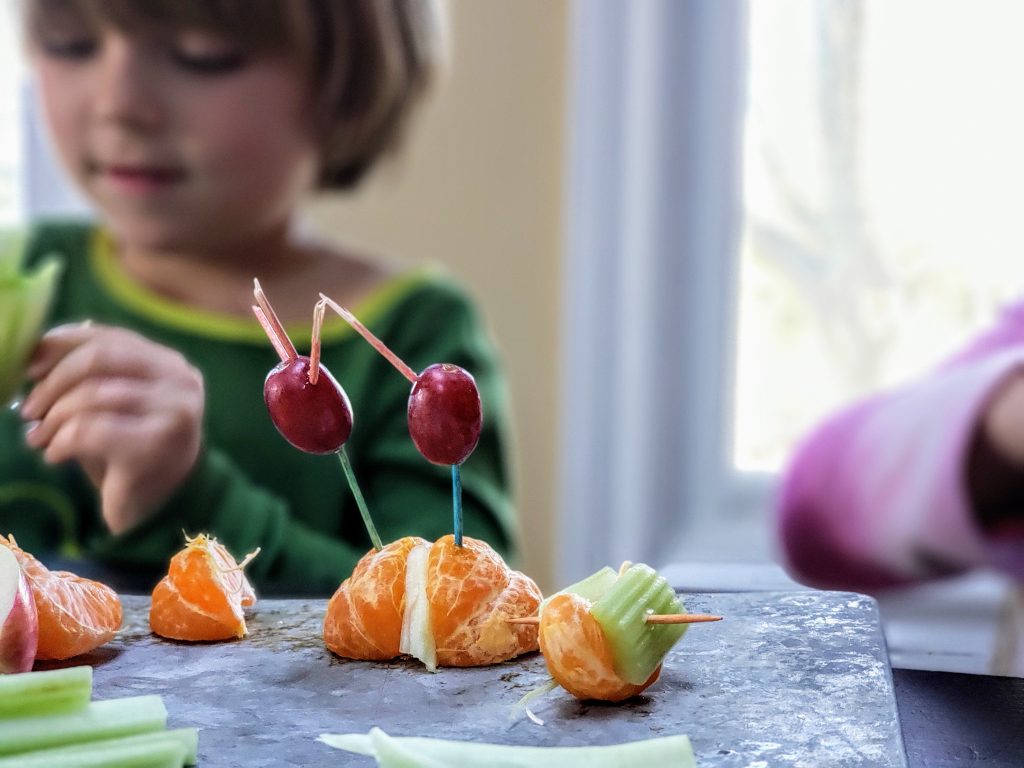
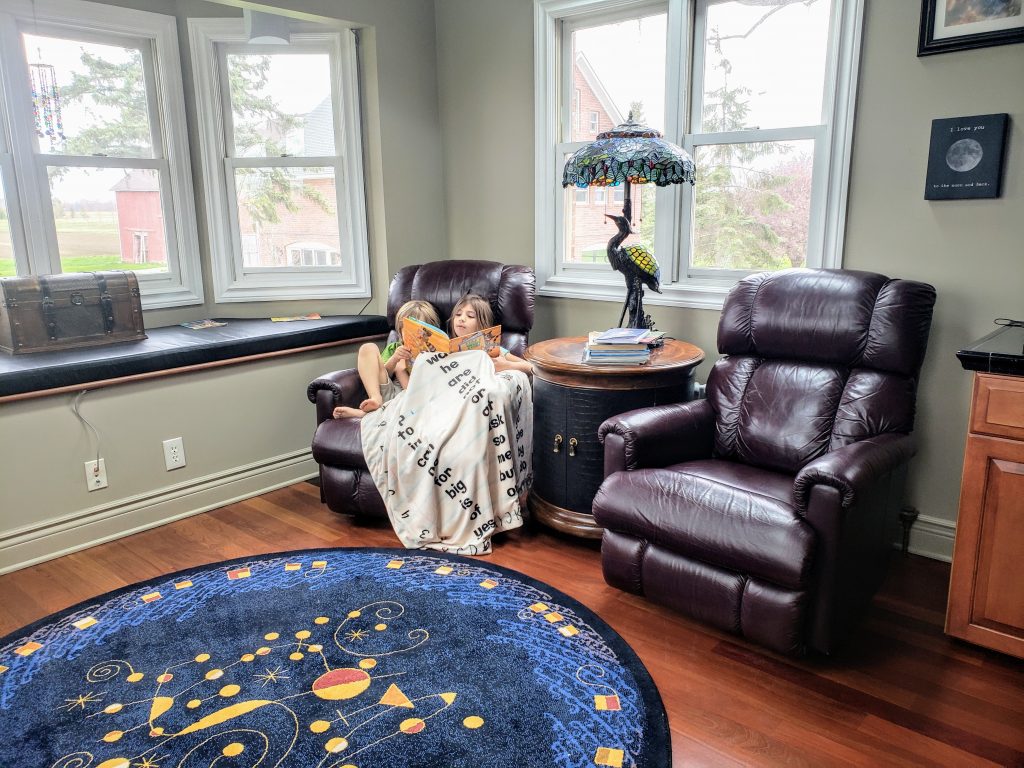
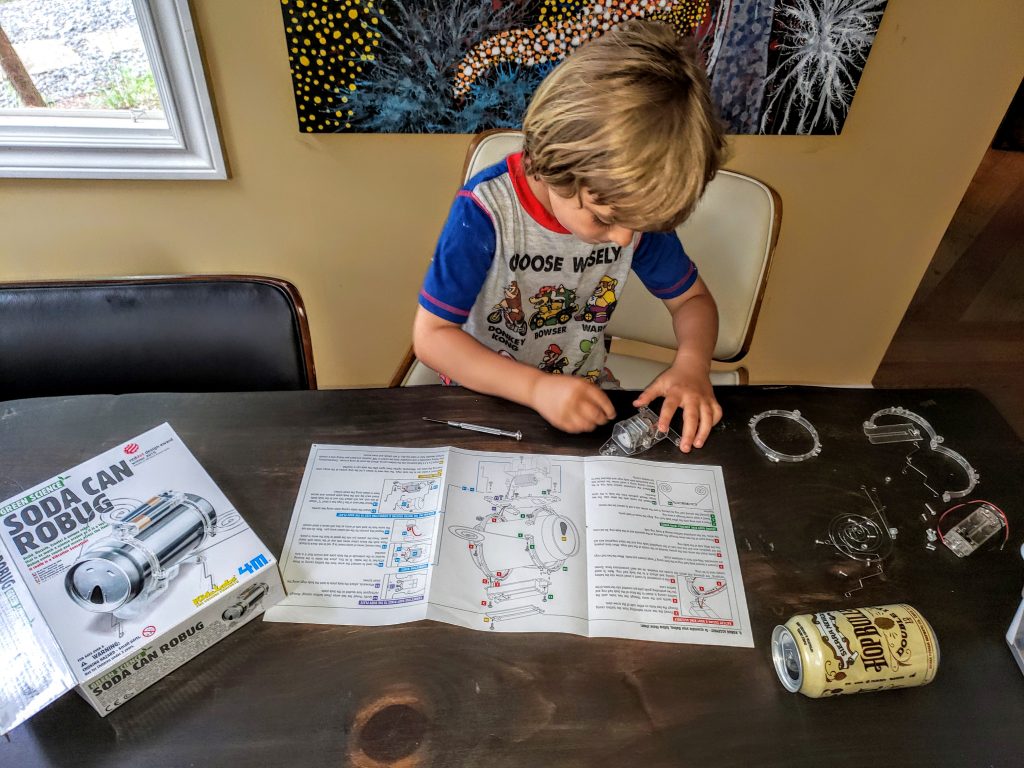
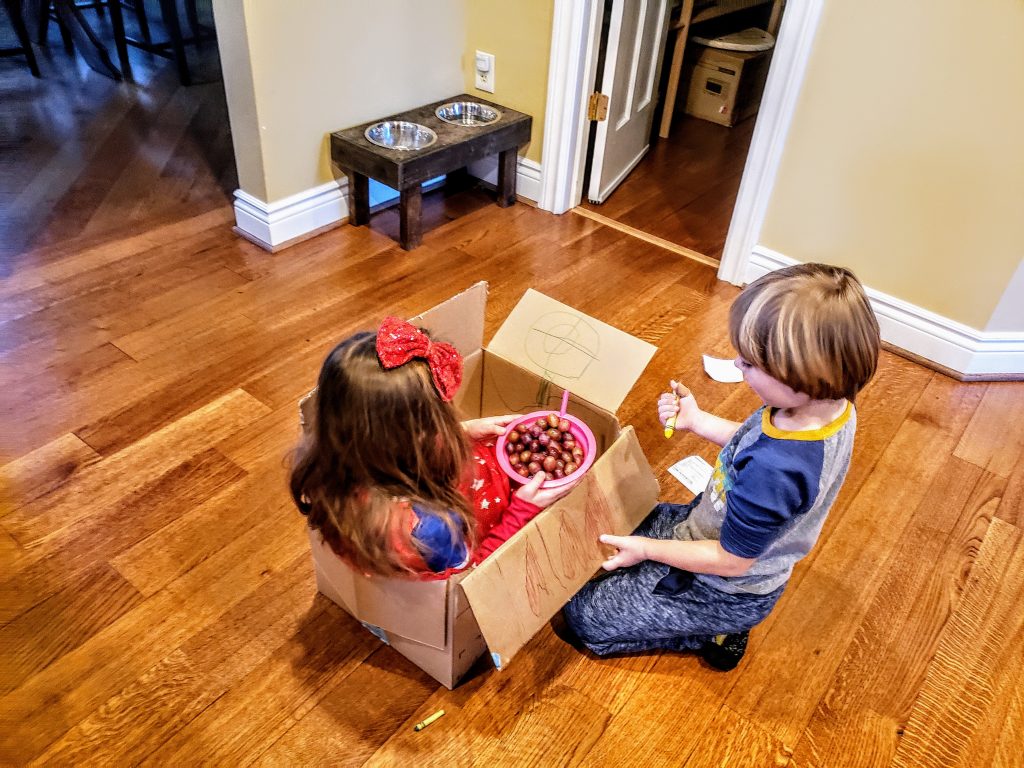
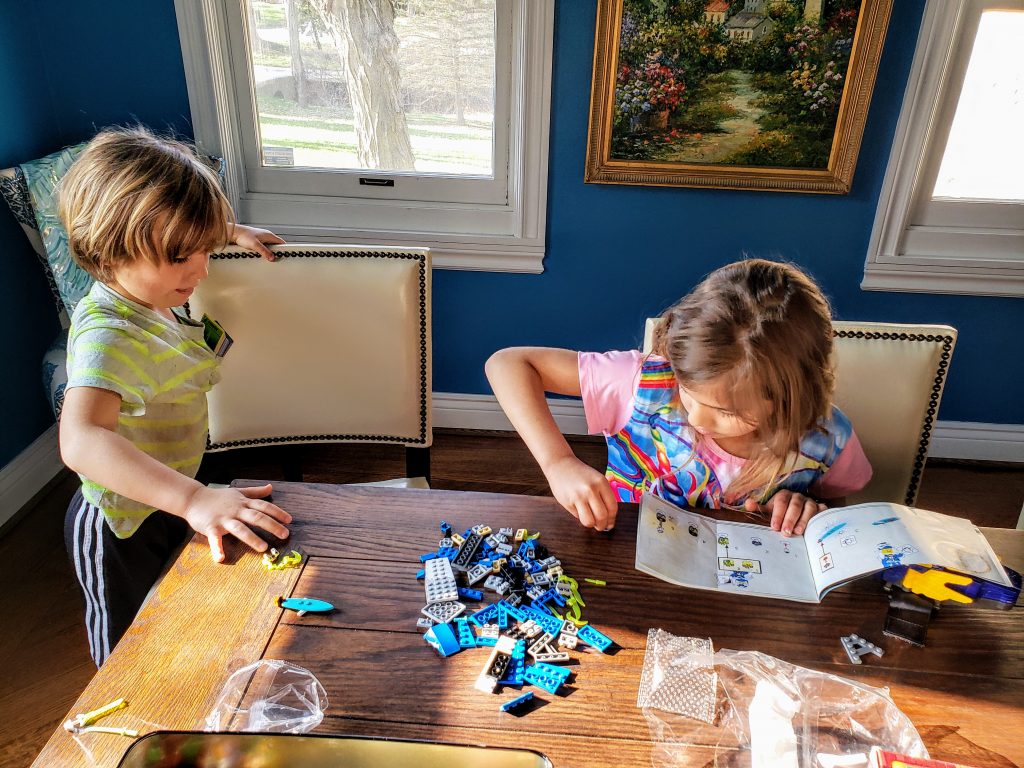
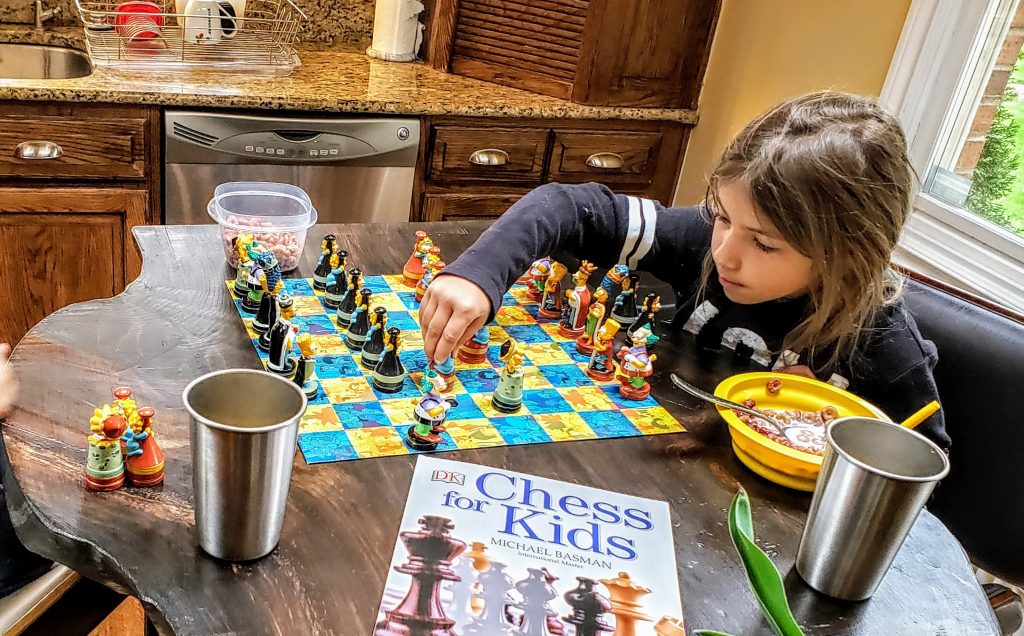
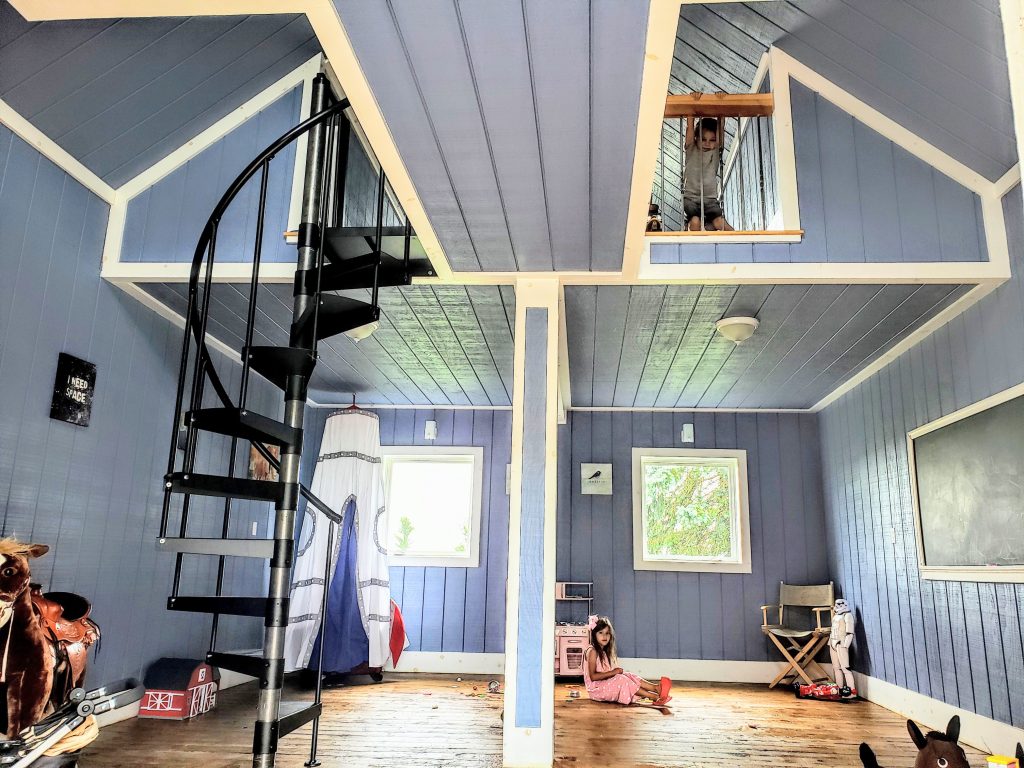
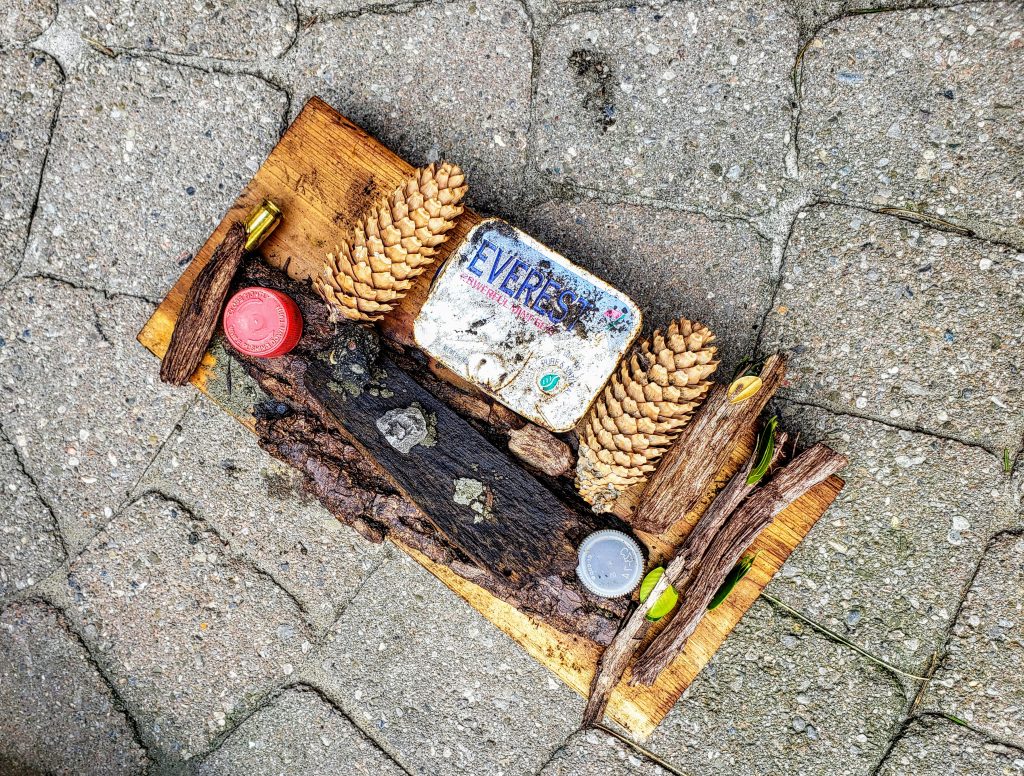
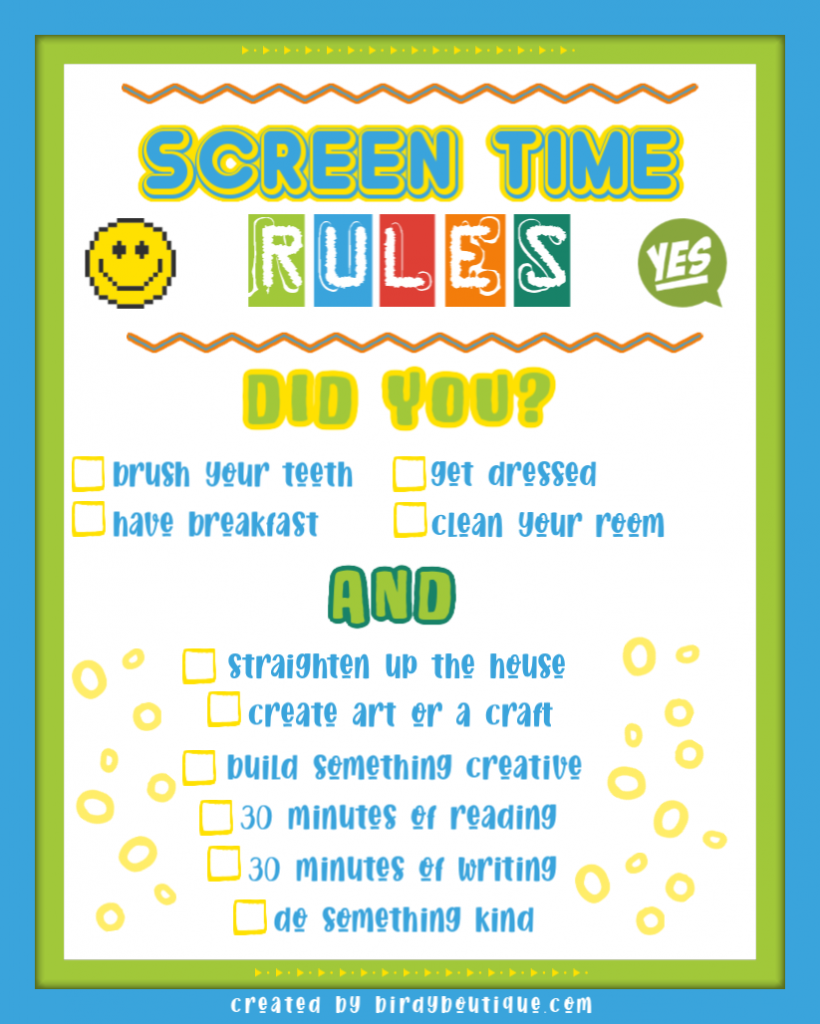
My inspo for this shared homeschooling plan stemmed from the blog I wrote Ideas & Activities, Learn & Teach from Home It’s a must read if you decide this plan works for your family.
Birdy Boutique is a small certified women and disabled veteran business, creating unique products with purpose which encourage children to play, learn and explore.
- School Blanket Fundraiser - February 24, 2023
- Shared Homeschooling | Pandemic Pods - July 9, 2020
- Ideas & Activities | Learn and Teach at Home - March 13, 2020


